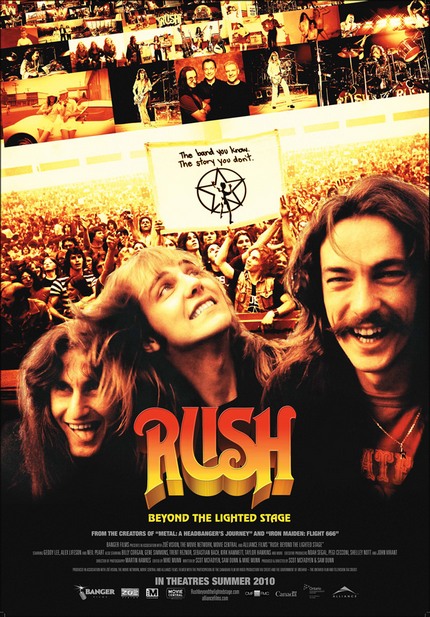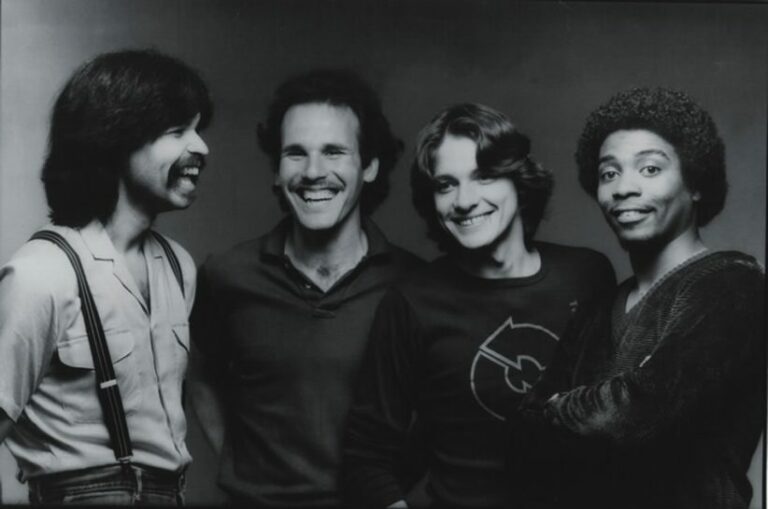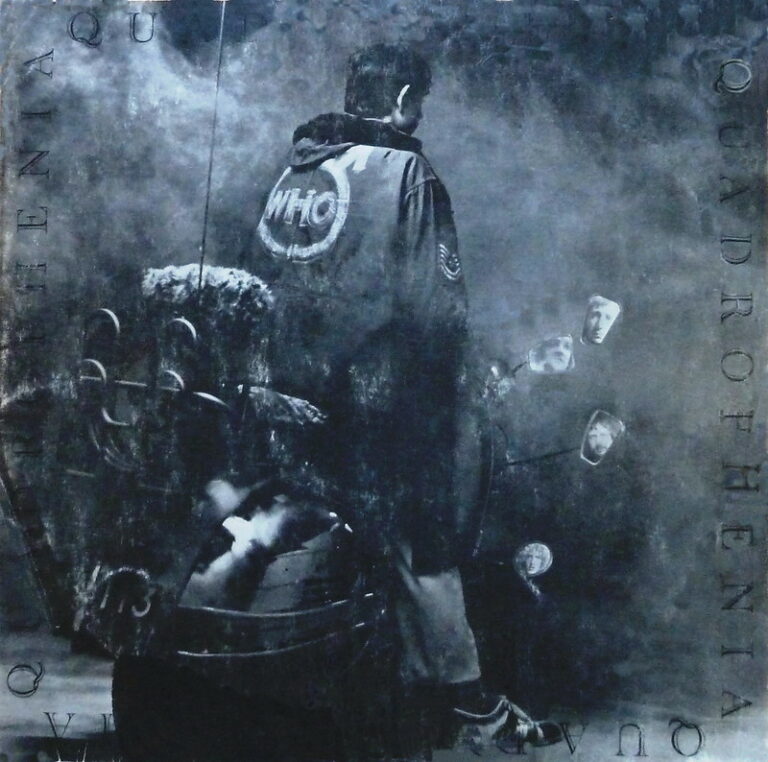Rush, a band boasting dozens of gold albums and decades of sold-out concerts, seemingly garners minimal respect in some musical circles. The Rock and Roll Hall of Fame, along with some critics, repeatedly overlook their phenomenal musicianship and popular rock anthems, instead frequently spotlighting other bands like The Stooges. This perceived neglect, deemed by fans as an affront, extends to a perceived bias against the progressive rock genre itself, affecting bands like Yes and, until recently, Genesis.
Unique Musicality Amidst Criticism
Though enduring critics’ skepticism and various descriptions of their style—Geddy Lee’s vocals described as “a hamster being chased by a flamethrower” and Neil Peart’s sometimes “tedious” Ayn Rand-inspired lyrics—Rush manages to weave a uniquely singular and vibrant tapestry of sound. Anthems like “Tom Sawyer,” “Free Will,” and “Spirit of Radio” showcase a synergy that not only works but undeniably ROCKS! In fact, tunes such as “Limelight” with its potent guitar riffs, compelling drum fills, and striking lyrics, establish them as creators of epically irresistible rock classics.
Rekindling Rush’s Limelight
Despite the past shadows, Rush’s substantial career longevity has prompted some to revisit their legacy and contribution to rock and roll. Their appearances in the movie “I Love You Man” and on the TV show “The Colbert Report” have managed to propel them back into the limelight, allowing new audiences and critics alike to reevaluate their standing in rock history.
Documentary: Unveiling the Legends
“Rush – Behind the Lighted Stage,” a noteworthy documentary by Scot McFadyn and Sam Dunn, offers a reexamination of this often-overlooked band, positing them among the rock greats. The filmmakers, utilizing full access to the band and their affiliates, craft an insightful portrait of Rush, tracing their journey from their initial high school struggles, through line-up changes, to their musical evolution from concept albums to more radio-friendly tracks.
Regular Guys with Exceptional Talent
From the documentary emerges a narrative of three remarkably regular Canadian individuals who appear well-adjusted and rather unfazed by their fame and success. Even in the face of critical downplay and personal tragedies, they display a commendable enjoyment in their musical creation, camaraderie, and the fervent fanbase they have cultivated. Their staggering precision as musicians is celebrated: “If you can play Rush, you can play anything!”
Affirmations and Influence
Renowned artists like Gene Simmons, Trent Reznor, Billy Corgan, and Jack Black contribute to the documentary, offering perceptive and amusing observations about Rush’s career. These insights underscore the band’s influence on numerous contemporary musicians, revealing a layer of respect for Rush among peers that critics often neglect to acknowledge.
Conclusion: A Deserved Place in the Hall of Fame?
With respect from fellow musicians and a resilient career, perhaps it’s time for entities like the Rock and Roll Hall of Fame to reassess Rush’s contributions to the music industry. Viewing “Rush – Beyond the Lighted Stage” could offer a fresh perspective on the band’s journey and merits, potentially making the case for their rightful, and arguably overdue, induction into the Hall of Fame.
For viewers and fans alike, this documentary stands out as an exemplary piece in its genre, possibly rekindling memories of the exhilaration felt upon first hearing the likes of “Fly by Night” years ago.







